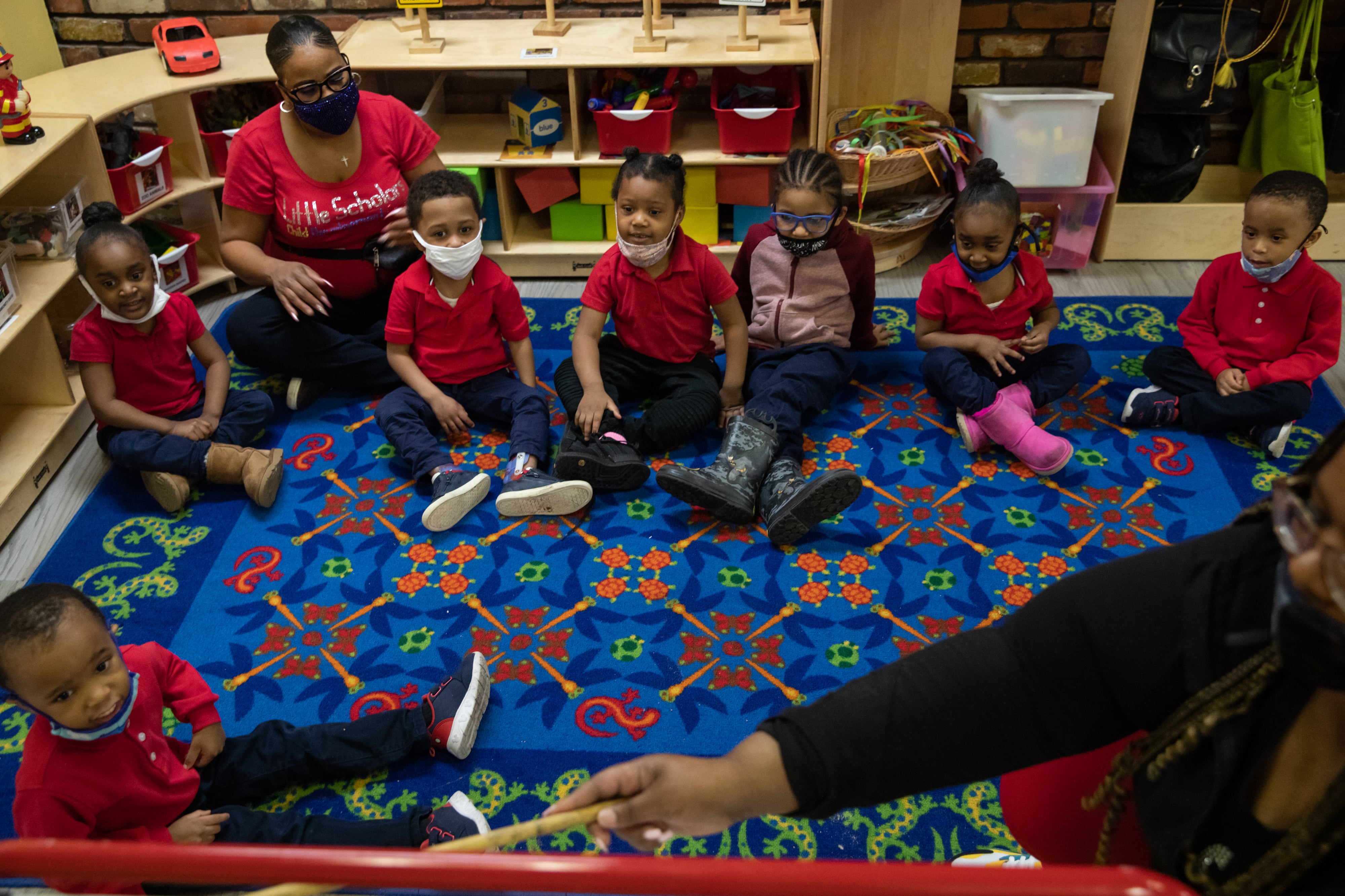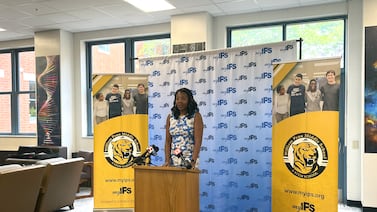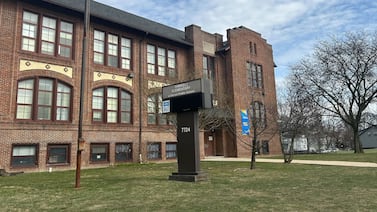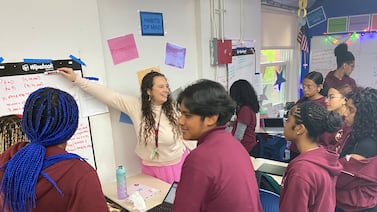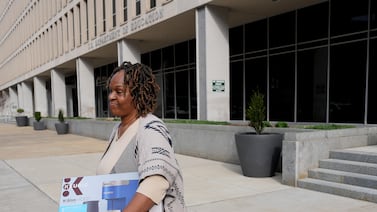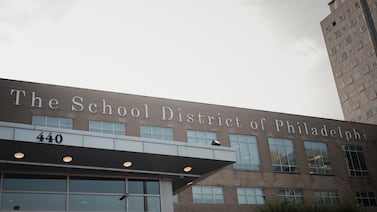Child care workers were more likely than the typical American worker to die of COVID in 2020, according to new research.
Among over 1 million child care workers, 405 died from COVID in 2020, the study found, using data from nearly every state. That translates to 38 deaths for every 100,000 child care workers — a higher rate than workers overall, and one similar to others in “essential” industries where in-person work was common.
Pre-kindergarten through 12th grade teachers, on the other hand, had somewhat lower mortality rates than the typical worker. Eight hundred and eight teachers at public and private schools died from COVID in the first year of the pandemic, for a rate of 15 deaths of every 100,000 teachers.
The study, which examined the death rates among 155 million working Americans across 46 states, offers the clearest picture to date of the toll that the first year of the pandemic took on American educators — and the disproportionate impact on child care workers in particular.
“There’s no way to know from this particular research whether or not it’s the child care work itself that caused the increased morbidity,” said Walter Gilliam, a Yale professor who studies child care. “It doesn’t change the fact that this is a workforce that we don’t adequately support.”
The study can’t distinguish among several reasons why the death rates of different occupations diverged. Although the researchers adjusted for age, they did not account for other factors that might affect someone’s risk of contracting and dying from COVID, including other health conditions, access to health care, race, income, or geography. It also can’t show whether COVID was contracted on the job or elsewhere.
Jobs with the highest mortality rates included cooks, security guards, nursing aides, and truck drivers. Workers in essential industries had nearly twice the death rate as those with “non-essential” positions. Overall, 31 workers in 100,000 died of COVID in 2020.
Although they can’t show it definitively, the researchers suggest that the generally high death rates among essential workers were due to insufficient workplace safety precautions.
“We infer that at least some of it is due to on-site transmission,” said Yea-Hung Chen, one of the study authors and a researcher at the University of California, San Francisco, though he acknowledged the results “don’t prove that.”
The paper did not break down the data for child care workers or teachers, but Chen provided the results to Chalkbeat.
One potential explanation for why child care workers had higher death rates than teachers is because child care and early learning centers were typically open, while many K-12 schools continued virtual instruction through 2020.
“During the pandemic, it was these unheralded child care workers who were keeping the American economy going by taking care of other people’s children,” said Gilliam.
But Gilliam’s research found that child care workers who returned to work in person in the spring of 2020 had similar COVID infection rates as those who did not return to in-person work, suggesting other factors were at play.
The data comes after a year-plus of debates about how quickly public schools should reopen — and the lingering consequences of some staying closed for in person instruction for much of the 2020-21 school year. Many politicians and some parents urged schools to reopen more quickly than they did. But other parents and many teachers pushed schools to remain virtual out of concern over safety.
Research has found that students who remained virtual fell further behind academically. The latest study does not examine whether school reopening decisions contributed to mortality rates among child care workers or teachers.
Overall, 350,000 Americans died of COVID in 2020, and each loss of a teacher or child care worker left devastated families, colleagues, and children. “This is about people who are beloved in their school communities and have done so much good, and now they’re gone,” then-Mayor Bill de Blasio said in April 2020.
Correction: A prior version of this story mischaracterized teacher fatality rates in England as not elevated compared to other professionals. In fact, this varies depending on the teaching level. This line has been removed.
Matt Barnum is a national reporter covering education policy, politics, and research. Contact him at mbarnum@chalkbeat.org.

